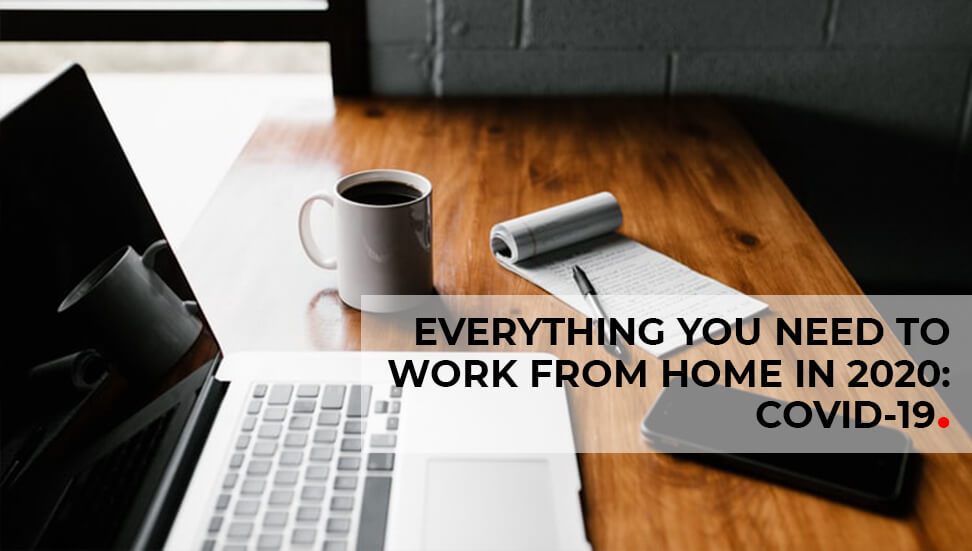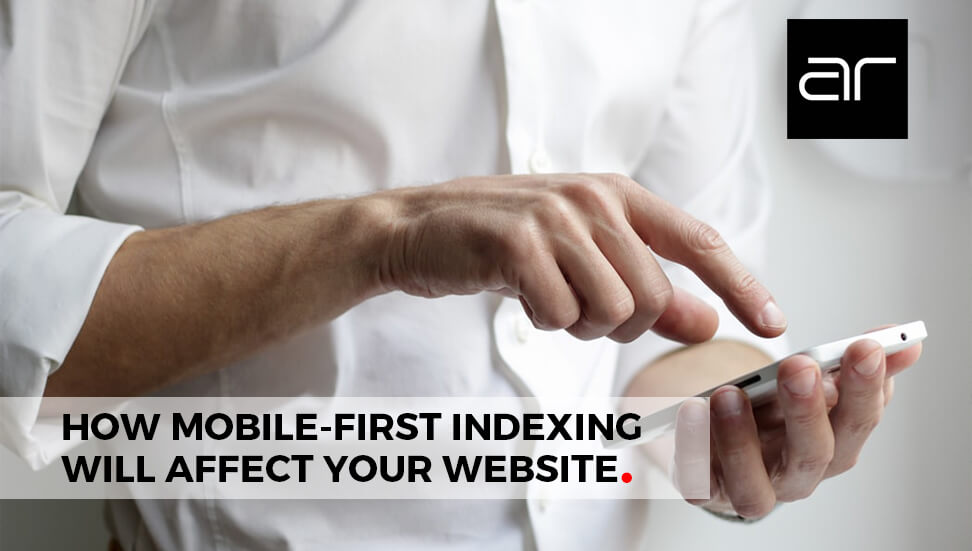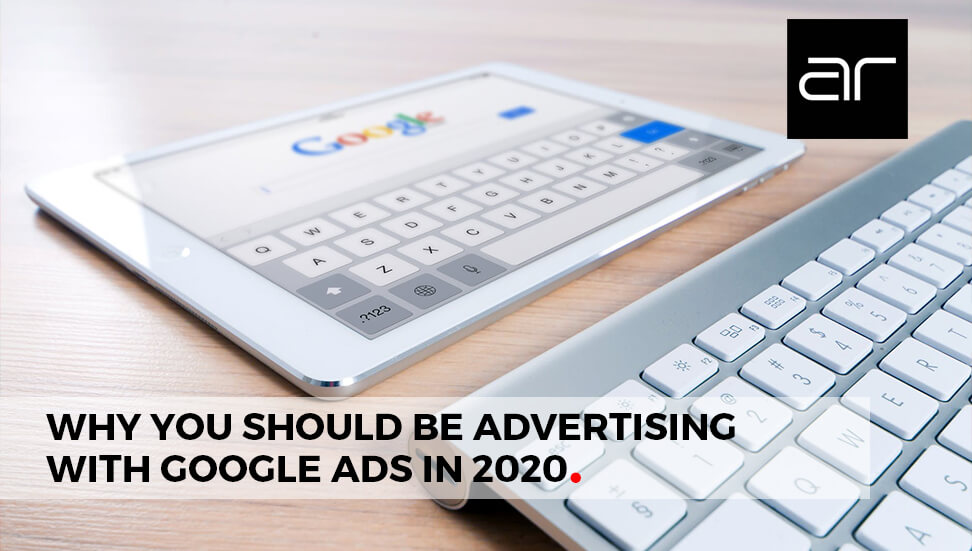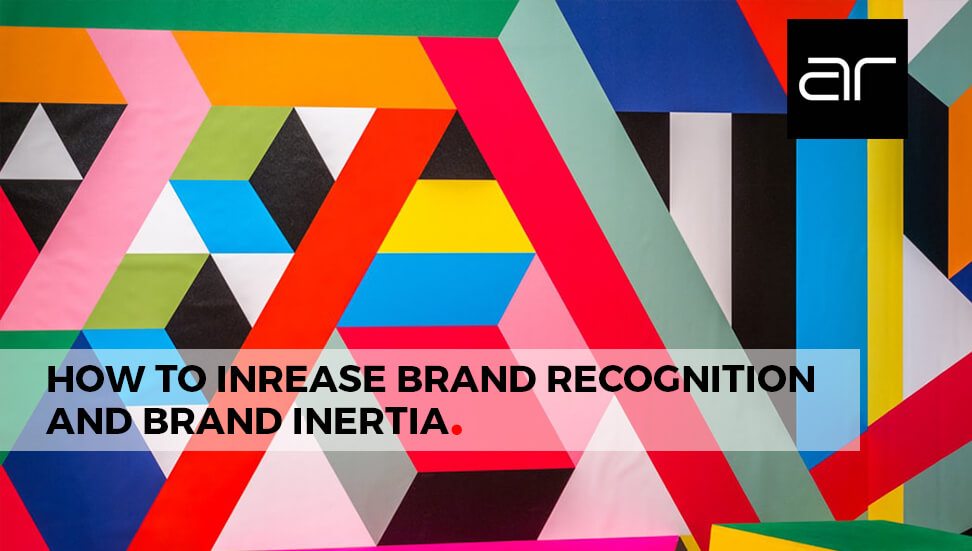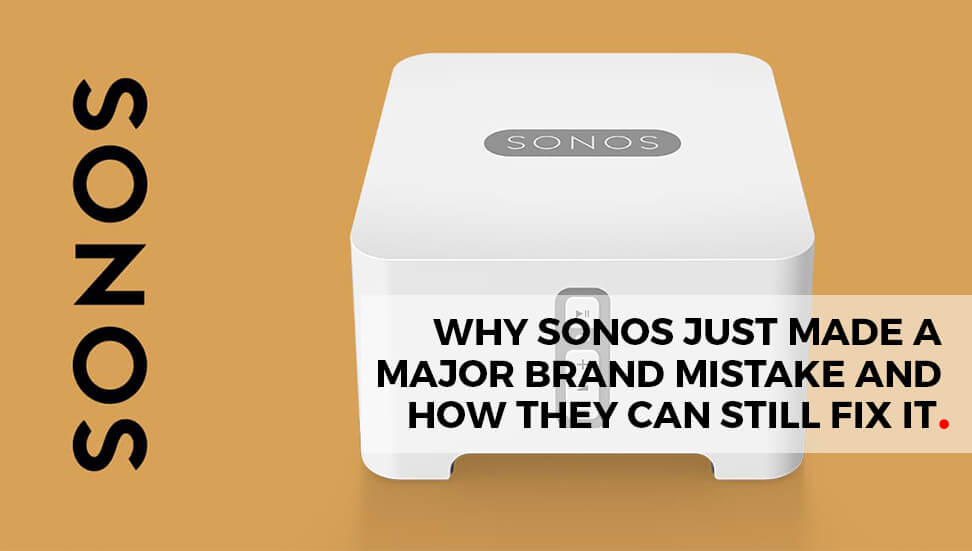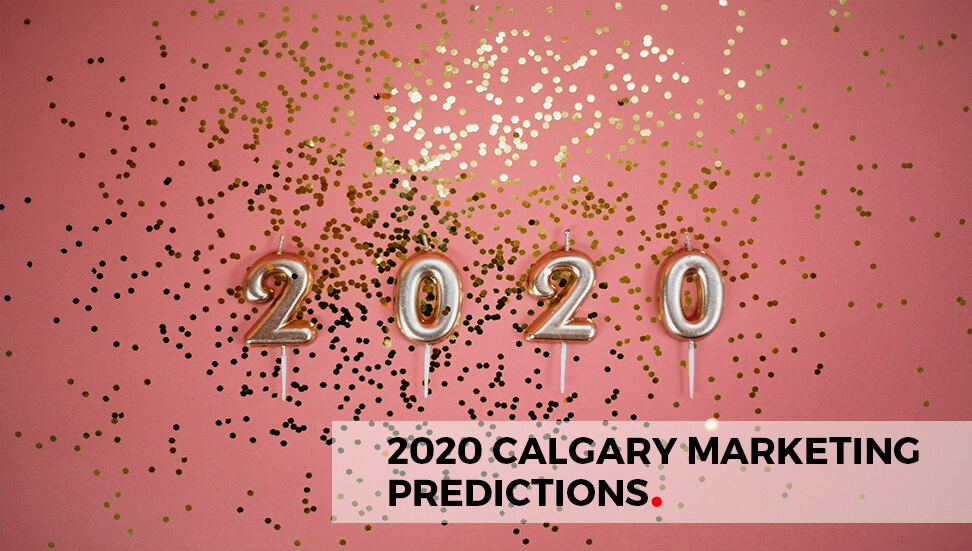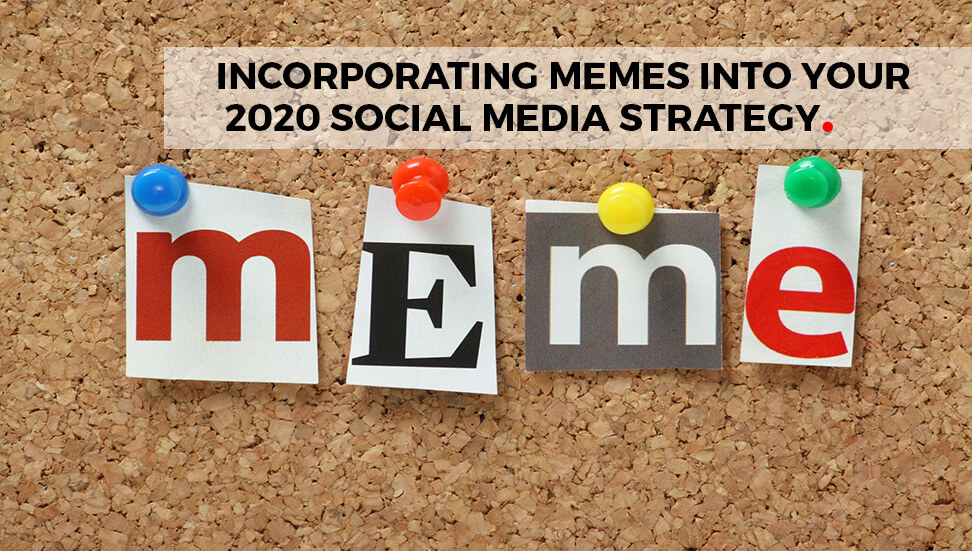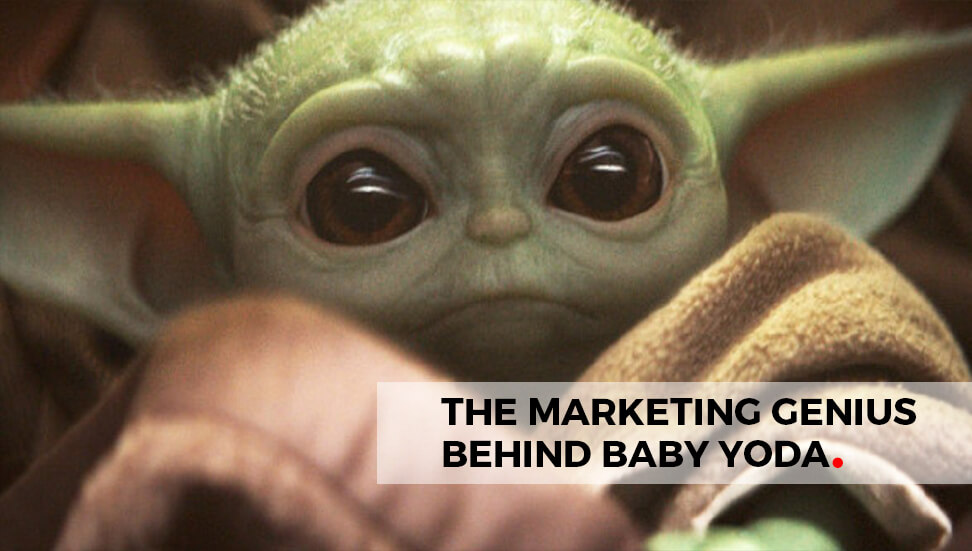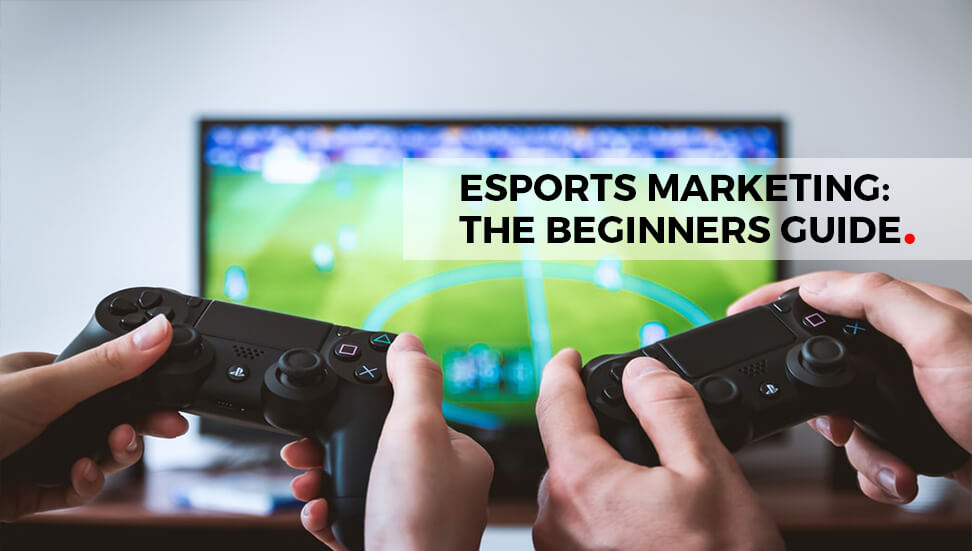It is usually easy to get a web designer, but the real challenge comes when you are already in the process of planning and creating the website. Based on experience, there are things that get lost in translation when client briefs the web designer on the expected output. Everything seems to look good in the brief until the first draft arrives and client realizes that there are things that the web designer did not quite understand. To avoid this from happening, here are some key things you should be discussing with your web designer or if you have not hired one, then you could check how they would respond to these:
How can your web design reflect your brand?
The effectiveness of your web designer to translate your branding to visuals and web experience reflects to his ability to develop a site that will truly reflect your brand. Usually, the brand manager or proprietor of the business sends branding guidelines to the web designer. While this might help, sending a brand guide will not suffice. The web designer should be briefed about the brand’s ecosystem – meaning, what kinds of people interact with the brand, and who is the target audience and what is the key insight about them. Why is this important? The look, feel and functionality of the website should be based on the key insight. For example, if the target audience of the brand is after ease and convenience of use of the product, then the user experience should reflect that. If the target audience is after price and access, then the website should reflect and highlight that.
There are various ways that your web designer can translate these to visuals. Two of these are the wire frames and design mocks. The wire frames of the site will determine the key elements of the site, and where they will be positioned. For example, the wireframes can show you how many percent of the website will be composed of text, videos, and photos, respectively. It will also show you where they will be positioned. It is almost like a map or bones of the website. The design mocks on the other hand are like the muscles, flesh and skin that give the website its look. The design mock is composed of the actual visual design – color palette, fonts, texture – of the website. The design mocks will show you how the web designer translates your brand vision to actual design.
How can your website build trust and credibility?
The website is one, if not the main, venue for customers to reach the brand. If anything goes wrong with the product or the service, or if they have inquiries, one of the first things customers tend to do is to look for the website. In the most basic ways, the website acts as a customer relations manager. It is a vital touch point for queries and concerns. A good website therefore should be able to gain the trust of the customer. The way your web designer will create the website will have a great effect on how well the visitors will find it trustworthy. You should discuss with your web designer the best practices that you can adapt to make your customer experience pleasant because they will feel they are accommodated. Some tips would be to make sure they have platforms that will make them feel that the communication is happening both ways – that they are not just being bombarded by information, but that they are also able to respond and interact with the brand if needed. The way your web designer will design the comments section, queries and even live chat plug-ins will affect how well your customers will feel accommodated. This in turn will affect how your brand will be credible to the community that will be built around your website.
How can your web design create strong affinity for your brand?
In terms of affinity, your website can create affinity based on the return visits to your site. Return visits to your site are almost like customers walking back in to a store to check out more things. The more people going back to your site to consume its content, the higher your affinity score becomes. This is because you build a stronger connection with the consumers that go to your site. They find your website relevant to them.
The way your website will be designed has a lot of effect on how your visitors will consume content in your site. A complicated and cluttered website will least likely get return visitors. A clean and clear website that directly gives them what they want, on the other hand, will most likely get more return visits.
Being able to design a site that allows consumers to contribute and share content might also build affinity. If your web designer can create the website that allows consumers to feel that they are contributors and participants to the content, they will feel some form of ownership over the brand. They will also have incentive to share the content with other people. Of course, this has to be balanced with making sure the content is regulated and still within the branding guidelines of the site. That too, will depend on how the web designer will draft the site.
How can your website increase conversion rates?
Of course, customers checking items in the store is good for awareness, but you need more than awareness for business to flourish. You need trial. Ultimately, you need loyal customers who will be strong insisters of your brand. This is where conversion comes in. Conversion is a term that pertains to awareness of product translating to sales. You should be able to discuss with your web designer possible ways to integrate sales into the web interface and design. This might come in the form of having a module that will allow for promo codes to be generated. It could also be as simple as online ordering being a part of the interface. There are many ways to go about it!

